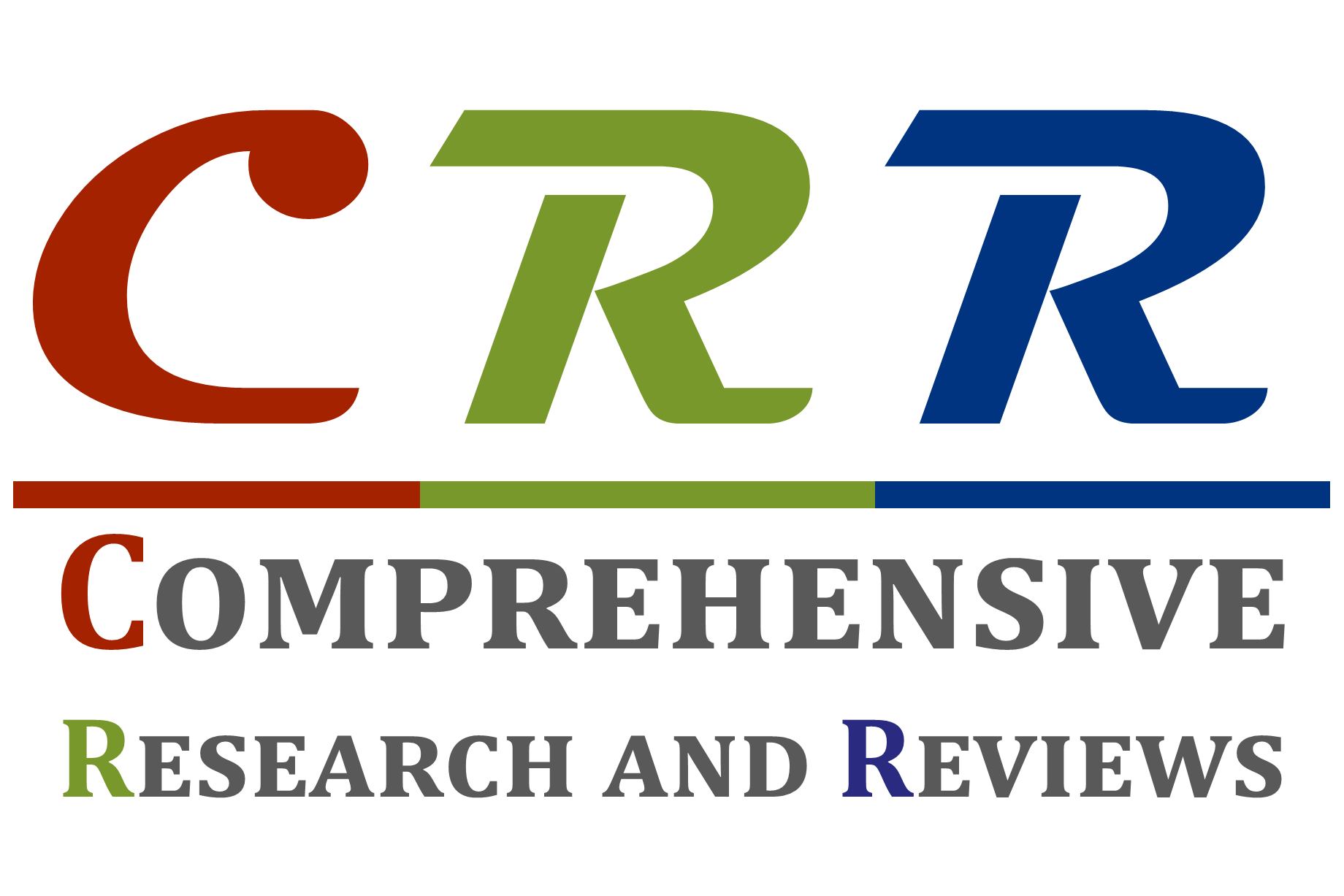A driver assistance system for traffic signs based on machine learning
Izmir Bahcesehir 50th Year Cicekli Science and Technology High School, Türkiye.
Research Article
Comprehensive Research and Reviews in Engineering and Technology, 2022, 01(01), 014–023.
Article DOI: 10.57219/crret.2022.1.1.0023
Publication history:
Received on 18 July 2022; revised on 25 August 2022; accepted on 28 August 2022
Abstract:
The aim of this study is to develop a system that recognises traffic signs using artificial neural networks and transfer learning methods, and audibly informs the driver about the recognised sign. In order to realise this idea, a web application has been developed using the machine learning library TensorFlow.Js, which can run in different internet browsers. This web application can run on any desktop or laptop computer with an internet connection and a webcam. Traffic signs are presented to this application by pressing the traffic sign button when the traffic sign enters the camera's field of view. After presenting the traffic sign to the system from different angles and with as many examples as possible, the recognition process is performed automatically.
The traffic sign recognition system has been tested with a web camera mounted on the right rear view mirror of a vehicle, while the vehicle was travelling at a constant speed of 20 km/h in an outdoor environment. An accuracy of 90% was achieved with 20 demonstrations per sign. The success of the system is directly proportional to the samples chosen during training. The system can be generalised by taking samples at different angles, distances and lighting levels. The developed system can be used to teach traffic signs to drivers in driving courses as well as to help drivers to recognise traffic signs accurately and completely. With this system, driver errors due to inattention or ignorance can be minimised, thus making traffic safer and reducing traffic accidents.
Keywords:
Traffic signs; Machine learning; Transfer learning; Driver assistance systems
Full text article in PDF:
Copyright information:
Copyright © 2022 Author(s) retain the copyright of this article. This article is published under the terms of the Creative Commons Attribution Liscense 4.0
